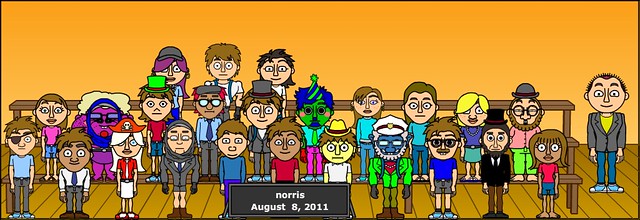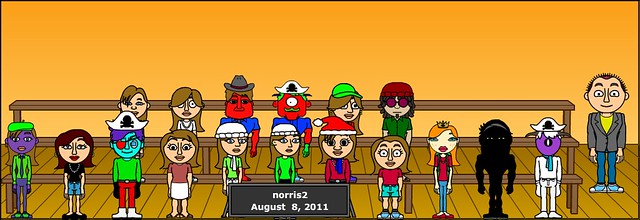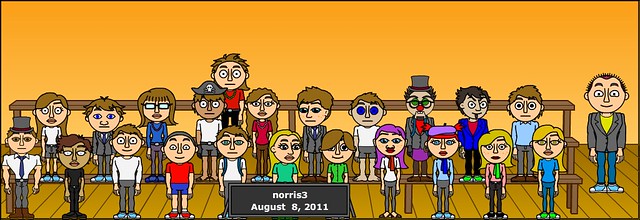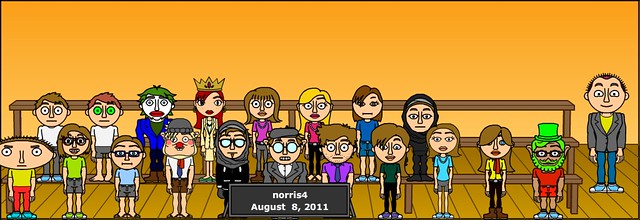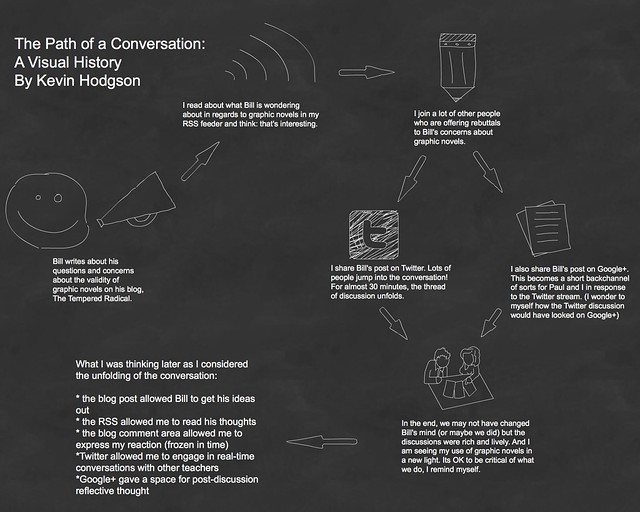Mental note: If Jon Krakauer is investigating you, you better get the heck out of Dodge.
Three Cups of Deceit, which Krakauer turned into a thin book of powerful investigative reporting after first publishing his article as an ebook, is a stunning, unflinching and devastating examination of activist Greg Mortenson and the experiences in Pakistan and Afghanistan that led to his best-selling books — Three Cups of Tea and Stones into Schools — and his efforts to build schools in that region of the world.
I had heard about Krakauer’s report, and the 60 Minutes interview, and I was interested in the unfolding saga because, like many other schools, we used the young reader’s version of Three Cups of Tea to teach our students about different cultures, about making a difference in the world, and about the use of non-fiction to examine a story of significance. Two years ago, all fifth and sixth graders in our school read the book, did projects about the book and Mortenson, and raised money for Pennies for Peace at a benefit concert at our school. A group of students even personally met with Mortenson during one of his talks and handed him a check for his project.
Now, what do I think? I’m pissed off, actually.
Krakauer rips apart Mortenson’s story from the very start, showing how much “fiction” went into this non-fiction narrative that he created with Three Cups of Tea. I never held Mortenson up as a hero or anything, but still … the number of inaccuracies in his account of his experience in the region (from how he was saved by a small village to how he chose Korphe for the first school to his account of being kidnapped, and more and more and more and more …) gives me a long pause on my role as a teacher introducing the story to my students. I can’t shake the feeling that Mortenson deceived me, and that I in turn deceived my students. Most disappointing is the trail of money through Mortenson’s Central Asia Institute and the lack of schools built that are actually now schools in operation, which was the whole point of Pennies for Peace and student activism.
It comes down to character, and Krakauer (who once donated tens of thousands of dollars to Mortenson’s efforts before smelling something fishy and launching his investigation) is someone I trust as a journalist. Mortenson, through his actions and silence on where the millions are going, is now very suspect (he better watch out for the IRS because he has lot of cash to account for). Krakauer does make clear that Mortenson had good intentions all along — helping educate children, particularly girls, in a part of the world where Americans are often seen as the enemy — but his actions on translating the collective good will and charity from the American public, including young children, into actual change is now in question.
I feel let down by Mortenson and angry at him. And I wish I had that class of students from two years back again for a final talk about the newest developments. I would make it a lesson in fiction and fraud.
Peace (in the tea leaves),
Kevin

